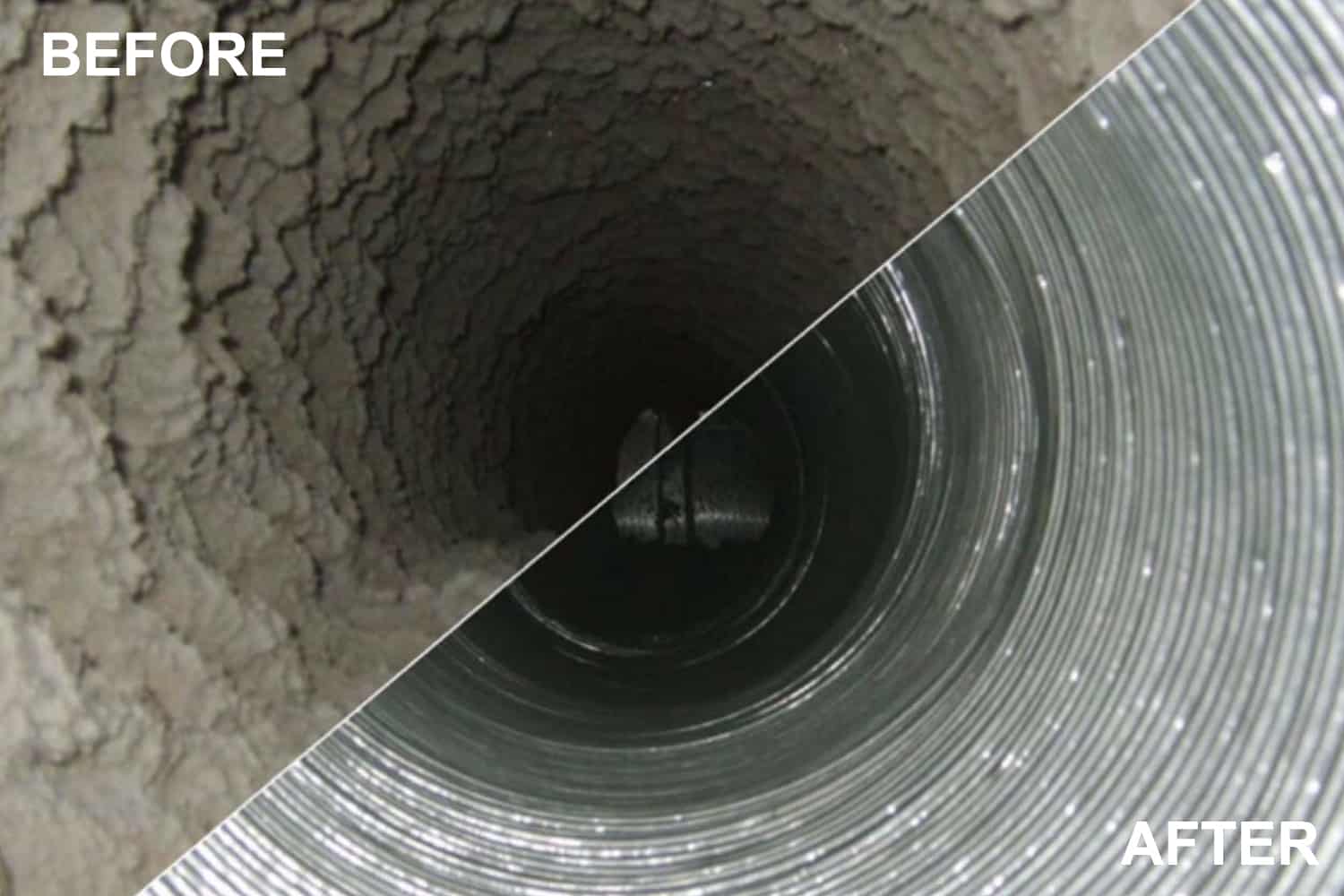Essential for Safety, Efficiency, and Longevity
Dryer vent cleaning is a crucial, yet often overlooked, aspect of home maintenance. Many homeowners are unaware of the importance of keeping their dryer vents clean, but failing to do so can result in reduced efficiency, higher energy bills, and even fire hazards. Dryer vent cleaning involves removing lint, debris, and other blockages from the ductwork that carries hot air and moisture from your clothes dryer to the outside of your home. Regular cleaning not only ensures that your dryer operates at peak performance but also significantly reduces the risk of a dryer fire. This article delves into the importance of dryer vent cleaning, the signs that your vent may need attention, and how to properly clean your dryer vent for safety and efficiency.

Professional Dryer Vent Cleaning
While DIY cleaning can help with basic maintenance, it’s a good idea to have a professional service clean your dryer vent at least once a year, or more often if you notice any of the signs mentioned above. Professional cleaners use specialized equipment, such as high-powered vacuums, rotary brushes, and cameras, to ensure a deep and thorough clean, especially in longer or more complex vent systems. They can also inspect the vent for any damage or other issues, such as bird nests or a disconnected duct.
Why is Dryer Vent Cleaning Important?
Lint buildup in dryer vents is a major fire hazard. Over time, lint and debris can block airflow, causing the dryer to overheat. Regular vent cleaning significantly reduces the risk of a house fire caused by your dryer.
A clogged vent makes your dryer work harder to dry clothes. Cleaning the vent allows air to flow freely, improving drying performance and reducing the time it takes to dry each load.
When your dryer runs more efficiently, it uses less energy. Shorter drying times mean lower electricity or gas bills, making vent cleaning a smart move for both your wallet and the environment.
Overworked dryers wear out faster. By ensuring proper airflow, regular vent cleaning helps prevent breakdowns and extends the lifespan of your appliance.
Blocked vents can lead to excess heat, humidity, and even mold growth inside your home. Clean vents help maintain better air quality and reduce allergens, especially for those with respiratory concerns.
Excessive heat caused by poor airflow can damage fabrics and cause clothes to wear out faster. Clean vents allow for more even, gentle drying, helping your clothes last longer.

Contact Us
Signs Your Dryer Vent Needs Cleaning
Many homeowners overlook their dryer vent until a problem arises. However, there are clear warning signs that indicate it’s time for a professional cleaning. Here are eight common symptoms to watch for:
Clothes Take Longer to Dry
If a typical drying cycle suddenly takes much longer, it could mean your vent is clogged with lint. Blocked airflow prevents hot air from properly circulating, making it harder for your dryer to do its job efficiently.
The Dryer Feels Hot to the Touch
A dryer that feels unusually hot on the outside or produces overly hot clothes after a cycle is a red flag. This happens when hot air becomes trapped due to poor ventilation, forcing the appliance to overheat.
Burning Smell During Use
If you notice a burning odor while the dryer is running, it may be due to lint or debris near the heating element. This is a serious fire risk and requires immediate attention and vent cleaning.
Excess Lint Behind or Around the Dryer
Lint gathering on the floor, behind the dryer, or around the lint trap is a sign that it’s not being properly expelled through the vent. This buildup suggests a blockage somewhere in the venting system.
Little or No Airflow from Outside Vent
When your dryer is on, you should feel warm air coming out of the external vent. Weak or no airflow indicates a blockage, which can prevent proper ventilation and lead to performance and safety issues.
Unusual Humidity or Mold Near the Dryer
If the laundry room feels damp or there’s mold forming around the dryer, it could be due to moisture escaping into the room rather than venting outside. This often results from a clogged or disconnected dryer vent.
Lint Trap Fills Up Quickly
A lint trap that fills faster than usual could signal lint backup in the vent line. When airflow is restricted, more lint is trapped inside the machine and near the opening, increasing fire risk.
Dryer Shuts Off Unexpectedly
Some dryers are equipped with safety sensors that shut the machine off when it overheats. If your dryer is stopping mid-cycle for no clear reason, it could be a sign of restricted airflow from a clogged vent.

